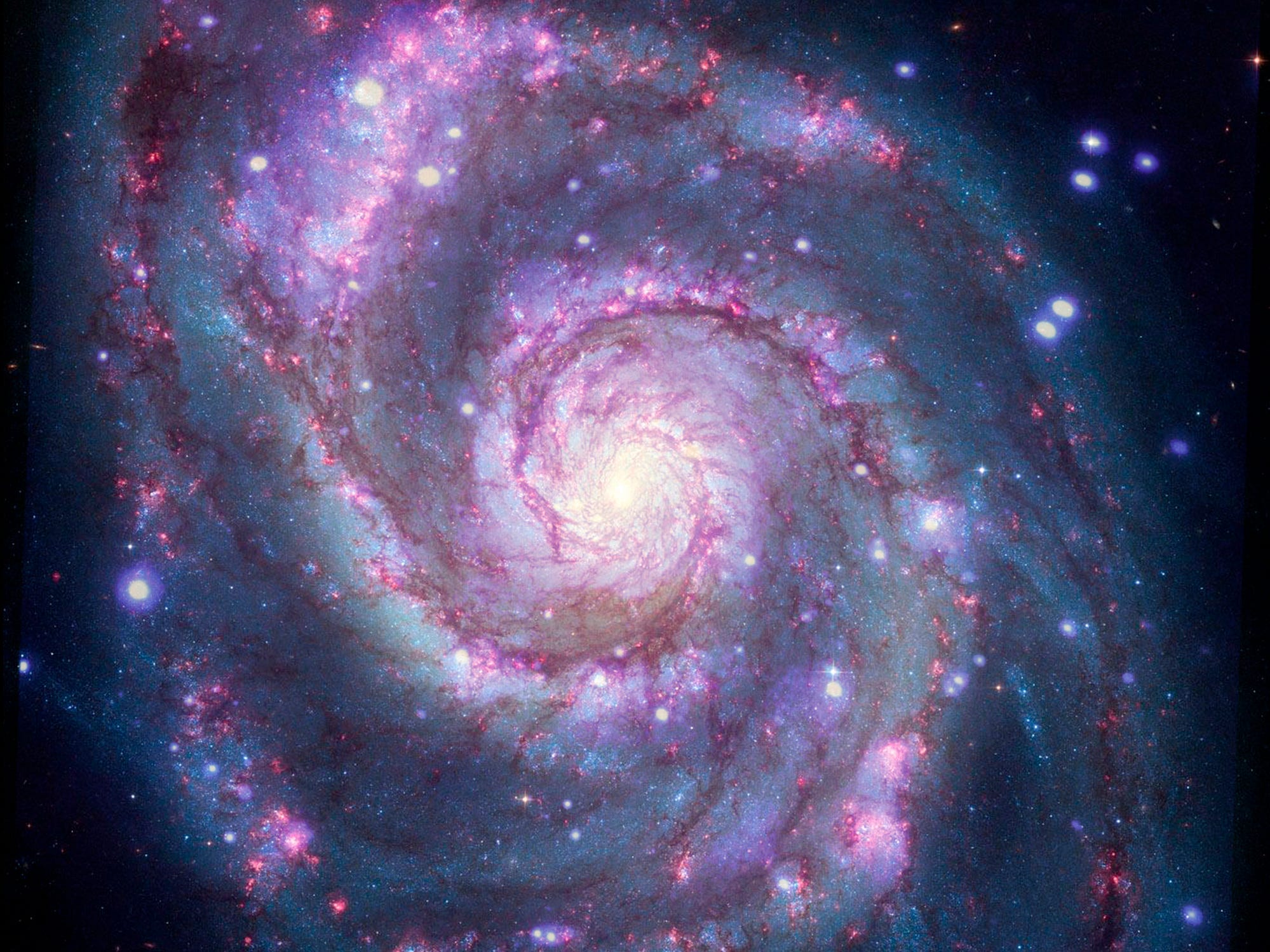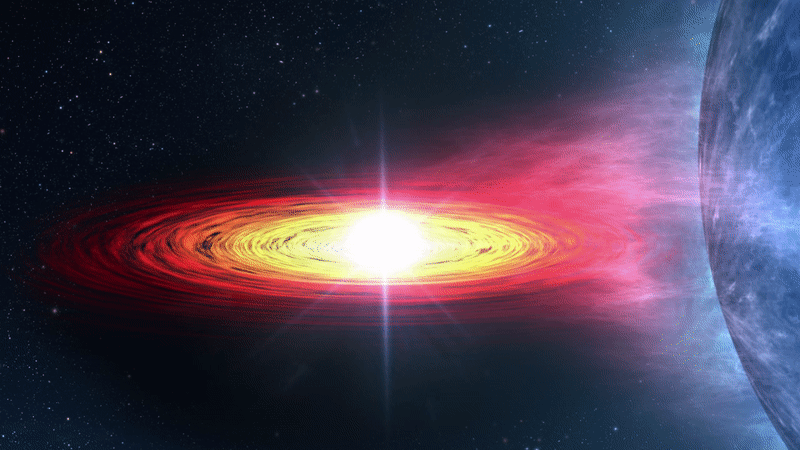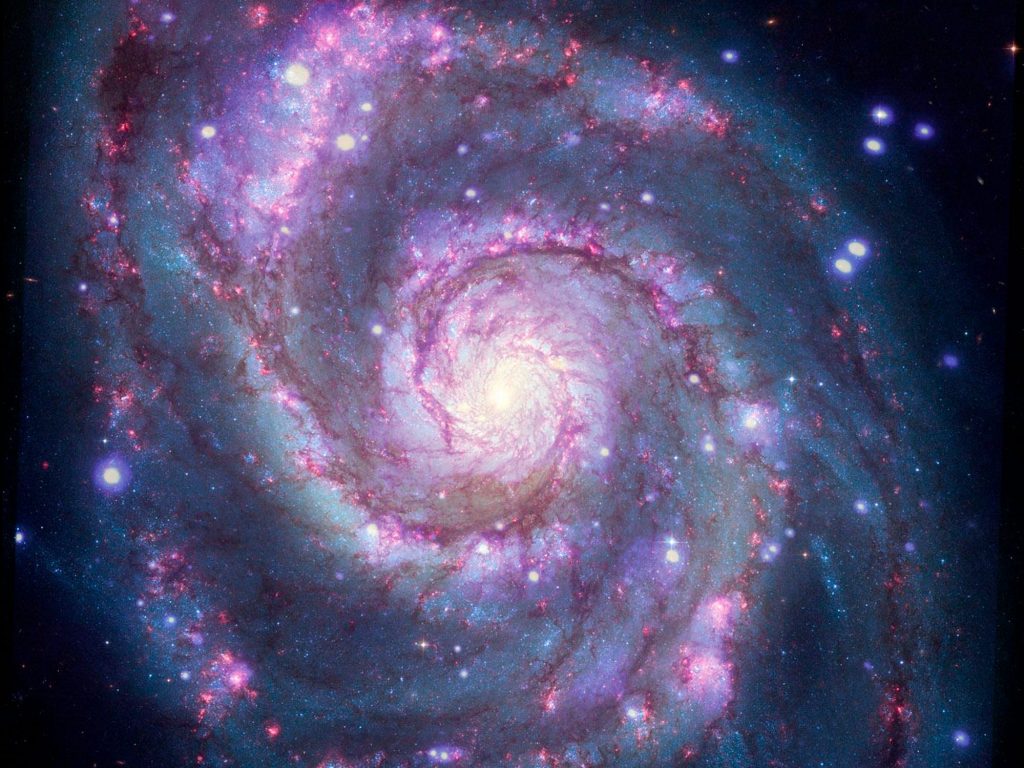
X-ray: NASA/CXC/SAO/R. DiStefano, et al.; Optical: NASA/ESA/STScI/Grendler
- Astronomers may have spotted the first planet ever discovered in another galaxy.
- They used NASA's Chandra X-ray telescope to study what is either a black hole or neutron star in a distant galaxy.
- A planet seemed to pass in front of that object, completely blocking its X-rays.
Astronomers have discovered what may be the first planet ever observed in another galaxy.
Until now, astronomers had only found planets that are beyond our solar system yet still within the Milky Way – these are called exoplanets. But recently, researchers pointed NASA's Chandra X-ray space telescope towards the distant spiral galaxy Messier 51 (M51 for short). There, they saw signs that a planet is orbiting a massive object: either a black hole or the dense, collapsed core of a giant star, which is known as a neutron star.
Whereas almost all exoplanets found so far have been within 3,000 light-years of Earth, this potential planet is about 28 million light-years away.
To make the discovery, a global team of astronomers used the same technique that's often used to find exoplanets in the Milky Way. Researchers doing that work essentially look for exoplanet shadows: They watch stars for tiny dips in brightness caused when planets pass in front of them. These are known as transits.
But from millions of light-years away, visible light from hundreds of stars can blend together, making it nearly impossible to pick out planets transiting individual stars. So instead of using visible light, the team behind the new finding looked for dips in the brightness of X-rays coming from the M51 galaxy.
With X-rays, "there may be only several dozen sources spread out over the entire galaxy, so we can resolve them," Rosanne Di Stefano, an astronomer at the Harvard-Smithsonian Center for Astrophysics who led the research, told the BBC.
Black holes and neutron stars aren't as common as stars. They are also incredibly dense, with lots of matter packed into a relatively small space, so a transiting planet could easily block all of the X-rays they emit, whereas a planet orbiting a sun-like star blocks only a small fraction of its visible light.
Di Stefano's study was set to publish Monday in the journal Nature Astronomy, though the paper was delayed (Nature still plans to publish it). It offers early evidence that this X-ray technique could be used to find other planets also orbiting neutron stars or black holes in other galaxies.
"We are trying to open up a whole new arena for finding other worlds by searching for planet candidates at X-ray wavelengths, a strategy that makes it possible to discover them in other galaxies," Di Stefano said in a press release.
X-rays gave this potential planet away

NASA/CXC/A.Jubett
If this planet does exist, it probably survived a violent explosion that created the neutron star or black hole that it's orbiting. That would have washed the planet in waves of intense radiation. So this is not the kind of planet where scientists would look for alien life.
Rather, the goal was to see if it's possible to detect planets in other galaxies at all. So the researchers focused their search on what are known as "X-ray bright binaries": neutron stars or black holes that are slowly pulling gas away from a nearby star. As they pull in that material, they superheat it and produce a bright X-ray glow that would help a planet's shadow stand out.
Looking at one particular binary in M51, the researchers spotted a transit. Over a period of three hours, the binary's X-ray emissions dropped to zero, suggesting that a planet was completely blocking them.
Based on that, the researchers estimate that this new planet - if it exists - is about the size of Saturn, but orbits the neutron star or black hole at about twice the distance between Saturn and our sun.
But it could take decades to confirm that this is, indeed, a planet. To do that, astronomers will need to spot more transits, which don't happen very often when a planet is so far from its star (or, in this case, its neutron star or black hole).
"Unfortunately to confirm that we're seeing a planet we would likely have to wait decades to see another transit," Nia Imara, a study co-author and an astronomer at the University of California, Santa Cruz, said in the release. "And because of the uncertainties about how long it takes to orbit, we wouldn't know exactly when to look."

